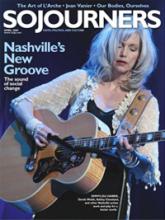Candidate Obama voiced his support of efforts to cut poverty in half over the next 10 years. For President Obama to move forward on this commitment, we need a measure of poverty that will show us when we’re making progress. And in the current deepening recession, it’s all the more important to know how much poverty is increasing, and among which families.
Unfortunately, the official U.S. poverty measure is outdated and inaccurate. In fact, New York City found the federal numbers so useless that they’ve recently produced their own poverty measure, and other cities are considering similar efforts.
Our current way of measuring poverty sets the poverty line equal to three times a subsistence food budget. In 1955 (the best data available when the measure was set in 1964) the average family spent one-third of its income on food; “three times food” became the official formula—and remains unchanged to this day, except for annual updating for inflation. If your family’s pre-tax cash income is below the threshold, you’re counted as poor.
There are many problems with this. Compared to a half-century ago, the price of food today is much less important than housing and utility prices. Medical expenses have grown; child-care expenses have increased as single parents work more.
Here’s the most important problem, however. In the last four decades, the U.S. has greatly expanded help for lower-income families, including food stamps, housing programs, medical care assistance, and changes in tax laws to benefit the poor. But our current poverty statistics are based only on families’ cash income, and none of these programs affect cash income—so none of them affect the official poverty rate.
Read the Full Article
